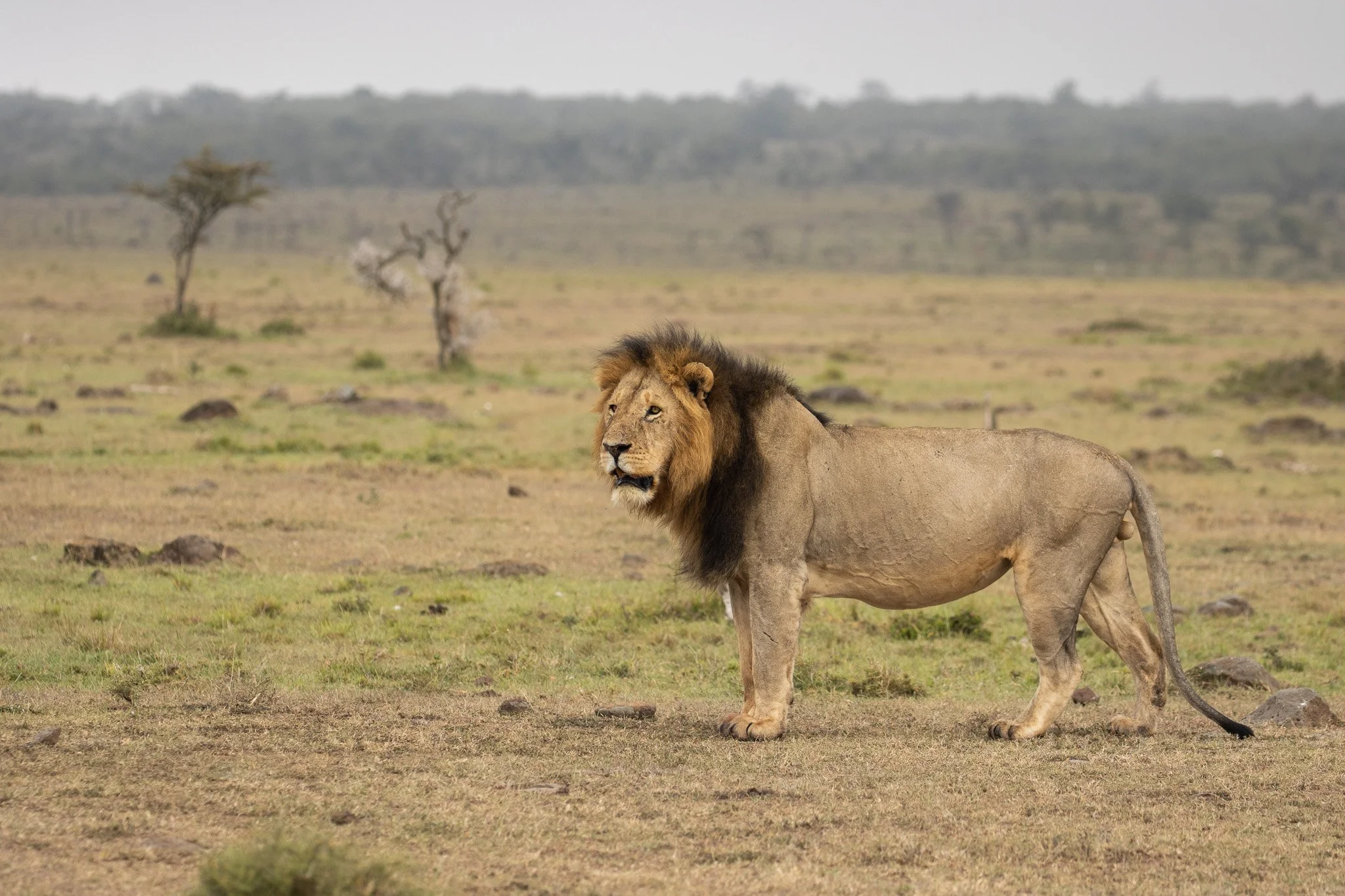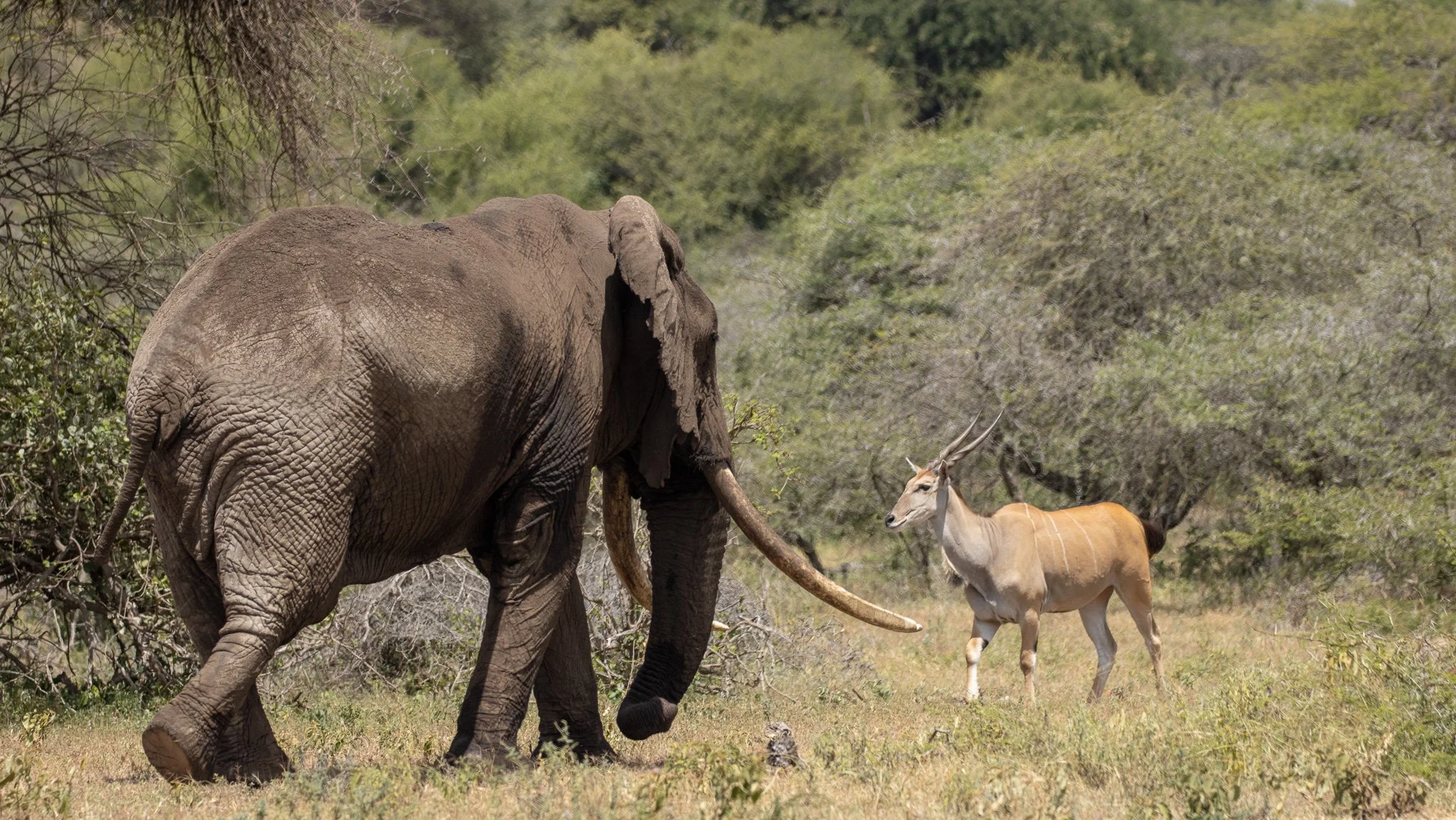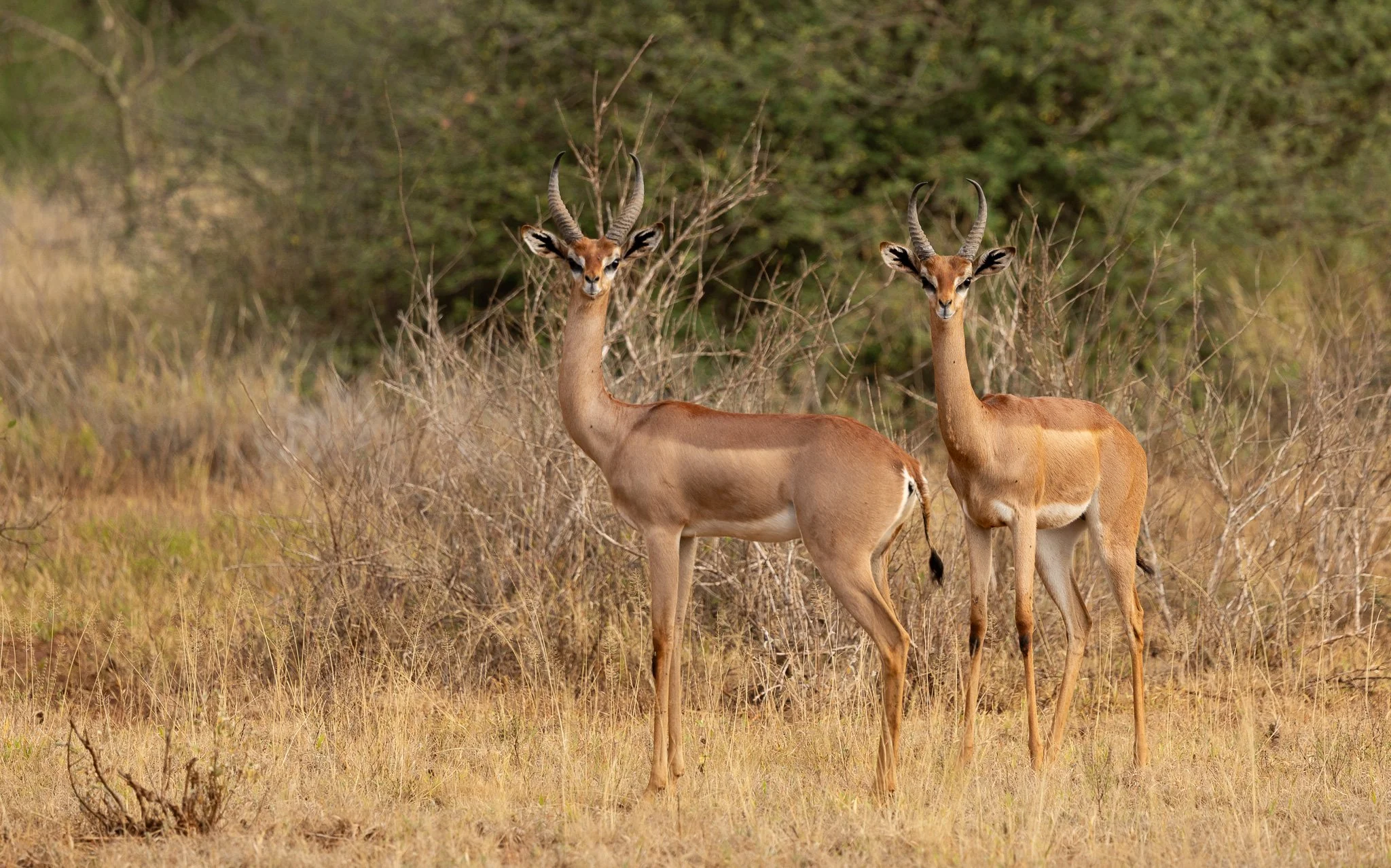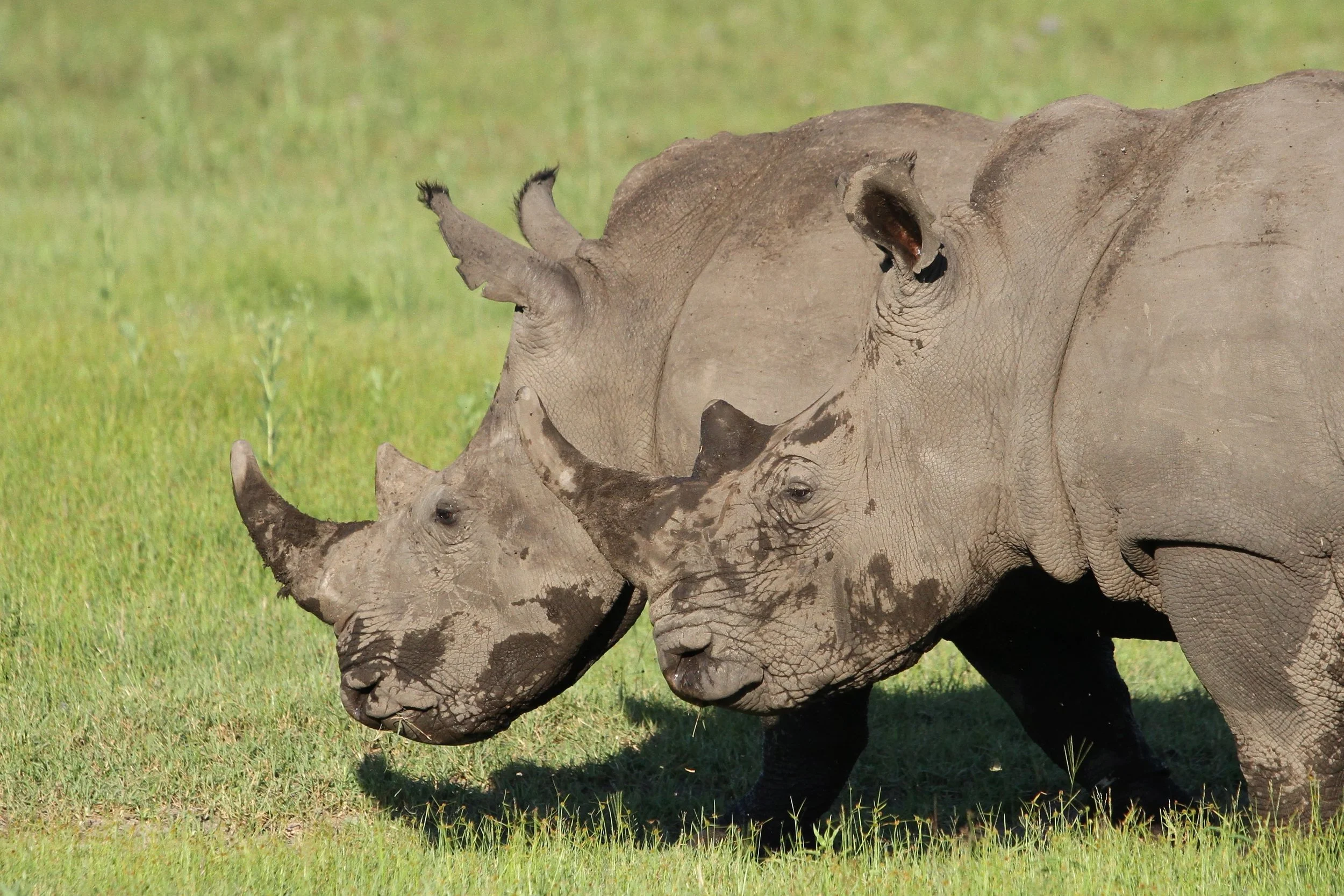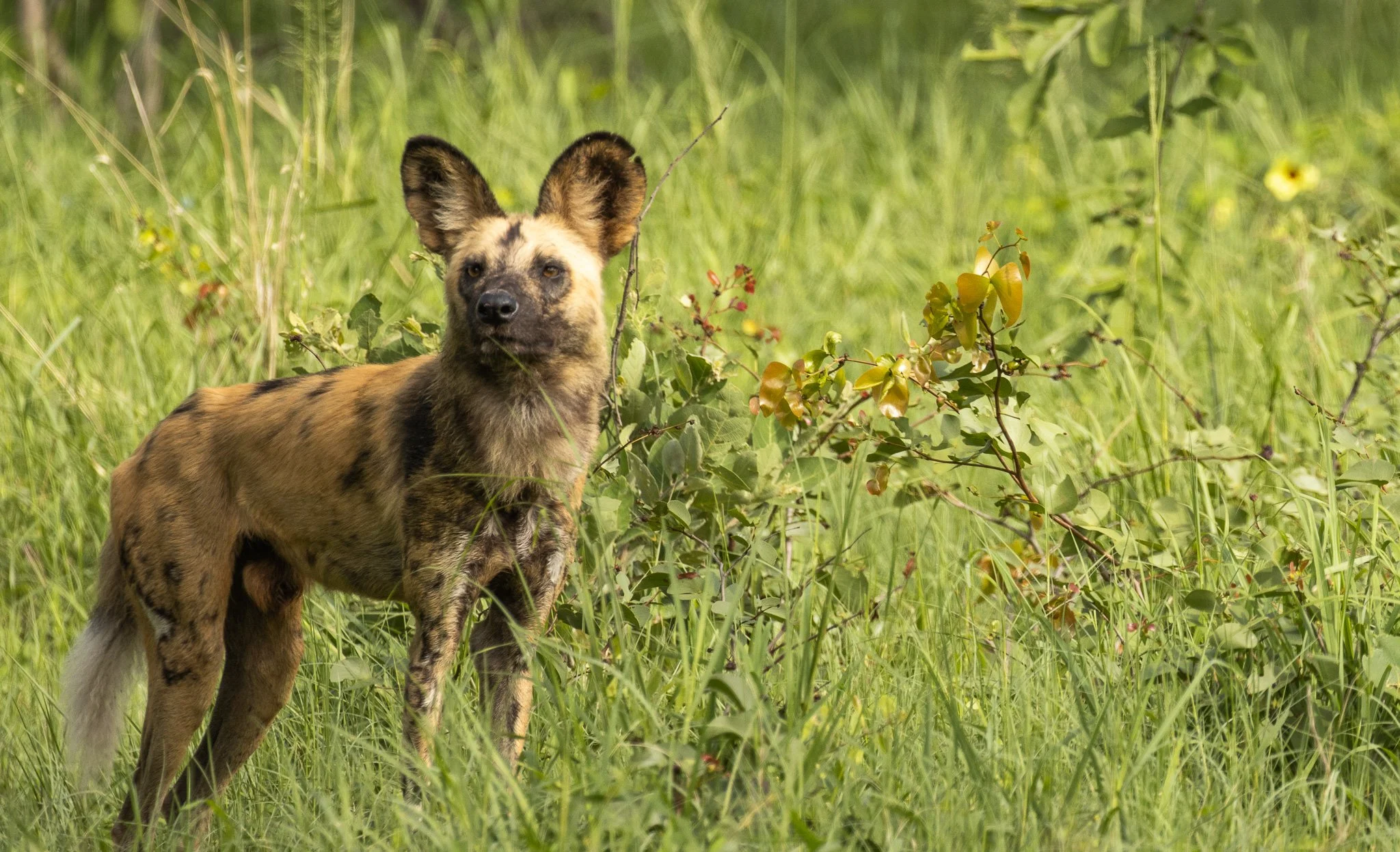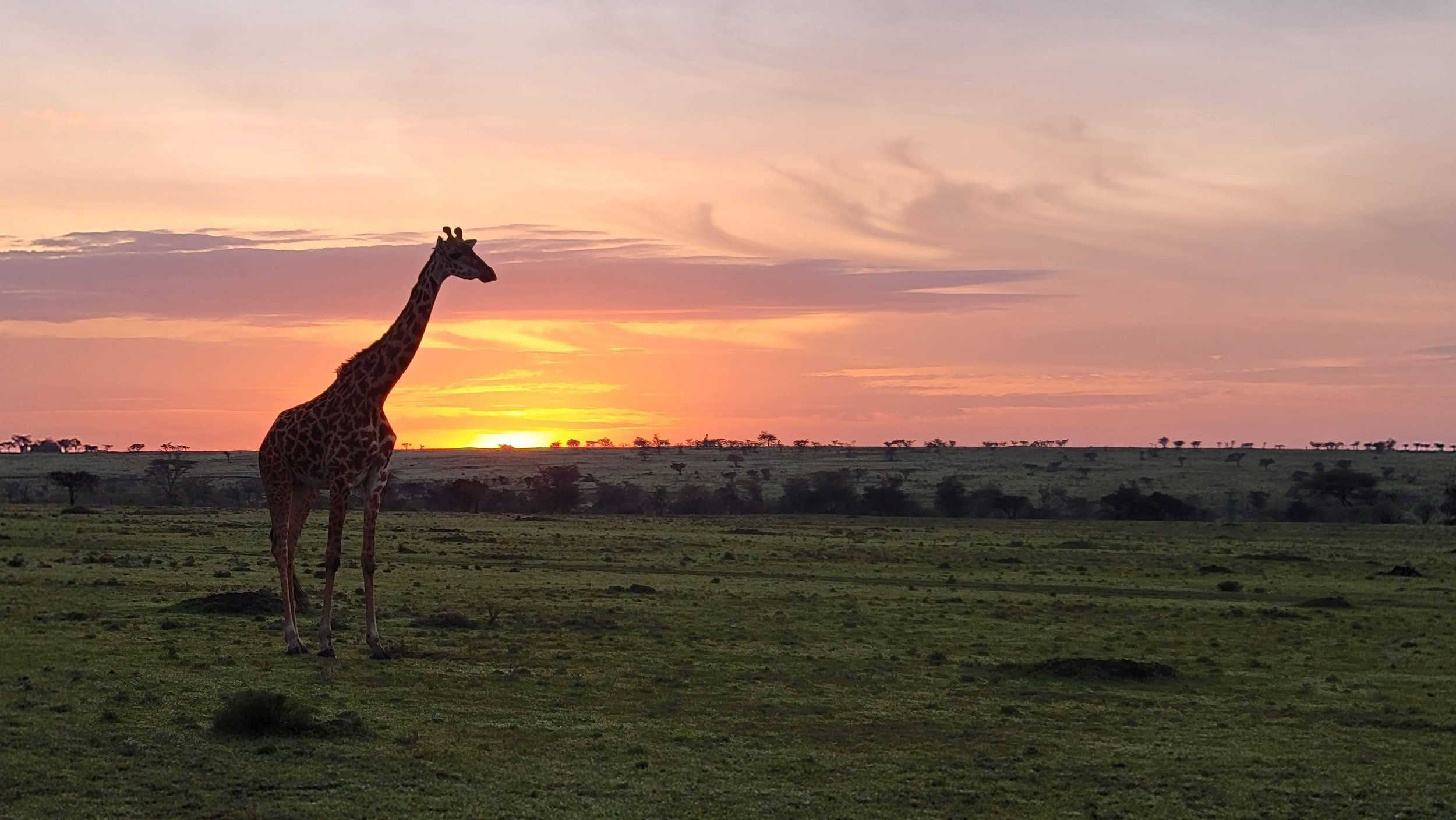
Kenya
Where Big Cats Rule
The Masai Mara Reserve
The Masai Mara Reserve may only be 580 square miles, but it is a wildlife rich 580 square miles. The reserve is part of a large ecosystem that consists of the Serengeti region in Tanzania and the Mara Conservancies surrounding the Masai Mara Reserve. In all, over 20,000 square miles protect one of the last great wildernesses in the world.
The northern reach of the Great Wildebeest Migration occurs here and has been featured countless times in wildlife and nature documentaries. Many people flock to the famed river crossings where thousands of wildebeest and zebra brave crocodile infested waters in search of green pasture. The reserve is also famous for its healthy population of big cats; lion, leopard, and cheetah. It is home to an assortment of other well known and lesser known African animals. Expect to see giraffe, elephant, topi, gazelle, and maybe even a black rhino.
We are very careful when we book a safari to the reserve. Unfortunately, over tourism is having a negative effect on the park experience and wildlife of this precious landscape. We use small, select camps that will work to keep you away from the tourist hordes. We recommend visiting this reserve outside of the migration season. The wildlife viewing is still second to none and you will have a much more enjoyable safari experience with far fewer people and vehicles at wildlife sightings.
Masai Mara Conservancies
Over 300,000 acres or roughly the size of the Masai Mara Reserve, the 15 conservancies that make up the Mara Conservancies are a conservation success story. This is community based conservation at its best. These conservancies are located outside and along the border of the Masai Mara National Reserve, providing a valuable and protective buffer for the wildlife of this massive ecosystem.
Over 14,000 Maasai landowners, and their families, have agreed to let a select number of safari companies operate on their lands. In return, these lands are protected to ensure the future of wildlife and the Maasai people. Safari companies hire and employ over 90% of their staffs from the local communities. A nightly, per person conservation fee from each safari goes directly back to Maasai landowners and their families. Wildlife and people have been apart of the landscape since the dawn of mankind. Continuing and improving upon this balance is vital to a future for both man and beast.
With a limited number of safari camps operating across 15 conservancies, the safari goer will enjoy even better wildlife viewing opportunities outside of the Masai Mara Reserve. We often assume the best wildlife areas are inside national parks. That is not always the case. A visit to one of the Mara Conservancies will give you a private seat to a massive river crossing of wildebeest, lions hunting on the savannah, leopards lounging in a tree, cheetahs scouting from atop a termite mound, or elephants parading across the landscape.
Mara North, Naboisho, and Olare Motorogi are three of the more popular conservancies for wildlife with amazing big cat viewing. The future and viability of the area will depend on increased interest and visits to the other conservancies.
Safari Partners Great Plains Conservation, Asilia, and Alex Walker’s Serian
Chyulu Hills and Amboseli
This region is located to the west of Tsavo. As you can see in the picture above, Mount Kilimanjaro towers over the wildlife rich landscape of Amboseli National Park and Chyulu Hills. At 151 square miles, Amboseli is home to a variety of animals including large numbers of elephant, Cape buffalo, lion, zebra, and more. Amboseli borders Tanzania and lies within the core of a critical ecosystem covering over 3,000 square miles. Tsavo, Amboseli, Chyulu Hills, and lands outside protected areas make up this wildlife stronghold.
Speaking of Chyulu Hills, this small national park lies between Amboseli and Tsavo, thus creating a vital and protected link for wildlife. Geologically speaking, the Chyulus are one of the youngest mountain ranges in the world at approximately 500 years old. The scenery is even more stunning with equally impressive views of Mount Kilimanjaro and great opportunities to see the “big tuskers”. A stay at Great Plains Conservation’s Ol Donyo Lodge is a must if you want to visit this region.
The area outside of these parks are home to the Maasai people. A safari isn’t complete until you take the time to visit a Maasai village and learn about the people who have been a part of this landscape for millennia and are vital to the future of wildlife and nature in Kenya. We must take into account the future of indigenous people if we hope to save wildlife from extinction.
Tsavo National Park
Tsavo is a huge park covering over 5,300 square miles in the southeast of Kenya. It is separated into Tsavo East and Tsavo West. Large herds of elephant, some with massive tusks, dot the vast landscape of Tsavo. It’s no coincidence most of the big-tusked elephants left in Africa are found in Kenya. Why? Kenya outlawed trophy hunting in the 70’s. Though poaching is the primary culprit for the decline in elephants, banning trophy hunting allowed the big-tusked males that survived the poaching epidemic to not fall victim to a trophy hunter’s rifle. Hopefully these big tuskers will pass on their genes to future generations.
The park is also famous for the “Man-eaters of Tsavo”; a pair of lions that terrorized the area in 1898, killing a large number of people during the building of a railroad. The park is still well known for lions, albeit the non man-eating variety. Other animas found here are Cape buffalo, hippo, leopard, giraffe, black rhino, zebra, and much more. Some unique fauna can be seen here as well. The gerenuk is an antelope that has a very long and slender neck and it stands on two legs when browsing leaves off of Acacia trees.
A safari consisting of Tsavo, Chyulu Hills, and Amboseli National Park is highly recommended to take advantage of a beautiful display of landscapes and wildlife. And when you are all done, zip over to the coast and enjoy one of Kenya’s stunning beaches and turquoise clear waters of the Indian Ocean.
Ol Pejeta Conservancy
This community based conservancy is located on the Laikipia Plateau in central Kenya. One of several conservancies in the region, Ol Pejeta is 90,000 acres. What was once a colonial farming area, it is now an important protected area for many of Africa’s iconic and lesser known wildlife. The last remaining northern white rhino is found here. It is the largest sanctuary in Kenya for black rhino. A large concentration of predators call the conservancy home including African Wild Dog. Additionally, a 300 acre sanctuary was formed to rescue chimpanzees from horrible captive conditions. 100% of funds generated by the conservancy go towards conservation and important projects that benefits the local communities.
In addition to wildlife, part of the conservancy maintains a sustainable livestock operation integrated with the wildlife, proof, if carefully managed, wildlife and livestock can coexist.
Other Amazing Places
Lake Nakuru National Park. It is a critical park for migratory birds, especially flamingos which can number over 1,000,000. It has also become an important sanctuary for black rhino.
Aberdare National Park. Stunning views and forests. This 300 square mile park has great views of Mount Kenya and is home to lion, leopard, elephant, rhino, and more.
Northern Rangelands Trust. The NRT consists of 43 community owned conservancies in northern Kenya. It protects over 24,000 square miles of critical habitat that supports wildlife, communities, and traditional pastoralists, who, like wildlife, need space and a healthy environment to survive. This area offers incredible opportunities to learn about the areas history and culture while enjoying the natural wonders and plentiful wildlife of the bush.
Samburu National Reserve. A small reserve with a healthy lion and elephant population and some unique animals such as the gerenuk and the Beisa oryx. A wonderful highlight of the reserve is the opportunity to learn about the Samburu tribe.
Meru National Park. This is home to the famed Elsa the lion and the story of Born Free. It is a stunningly beautiful park and has a full array of wildlife. Efforts have really stepped up to make this park a prime destination for those traveling to Kenya.
